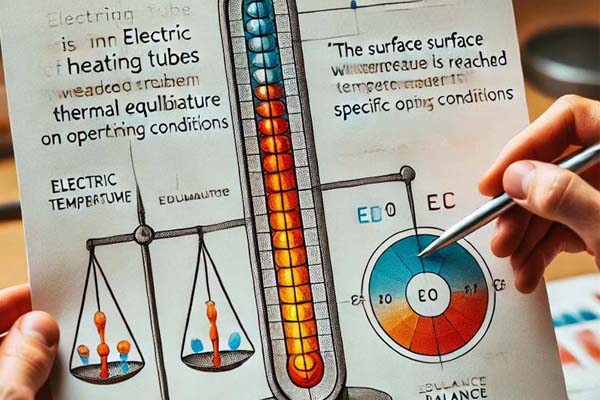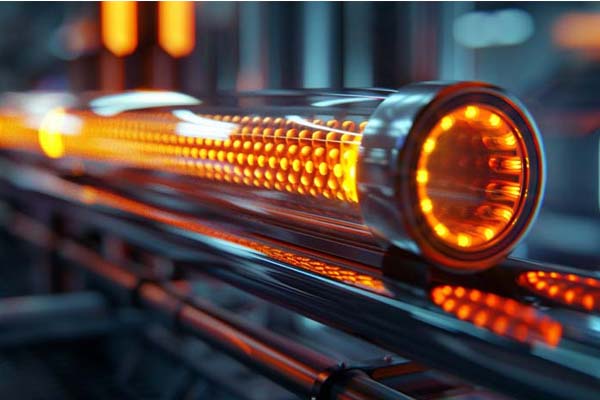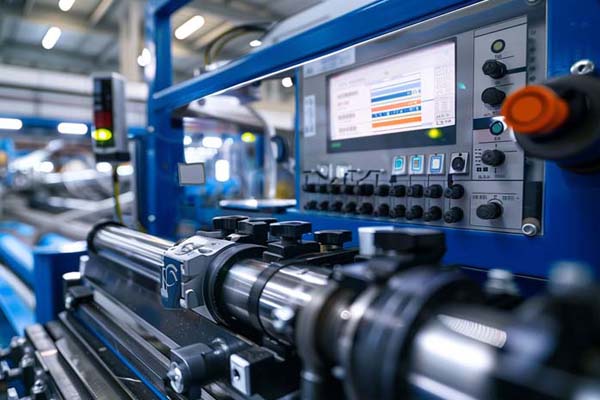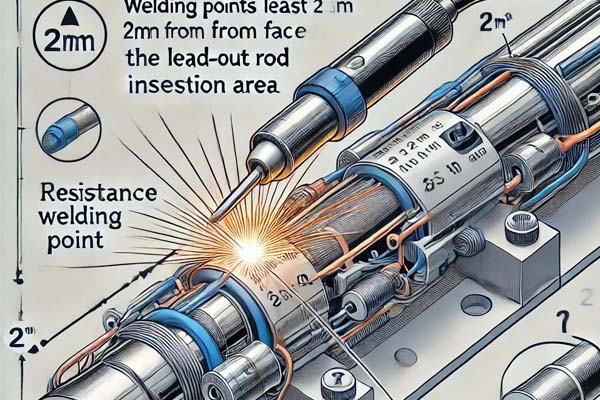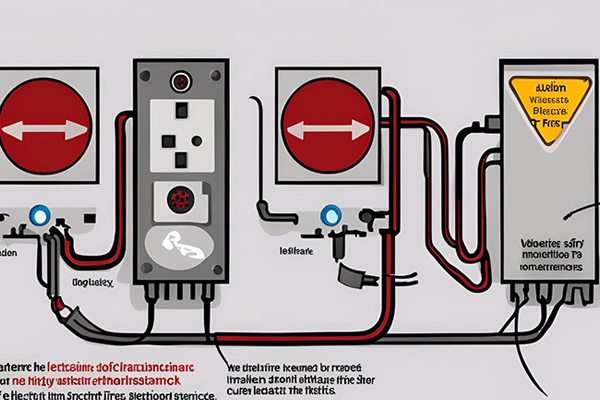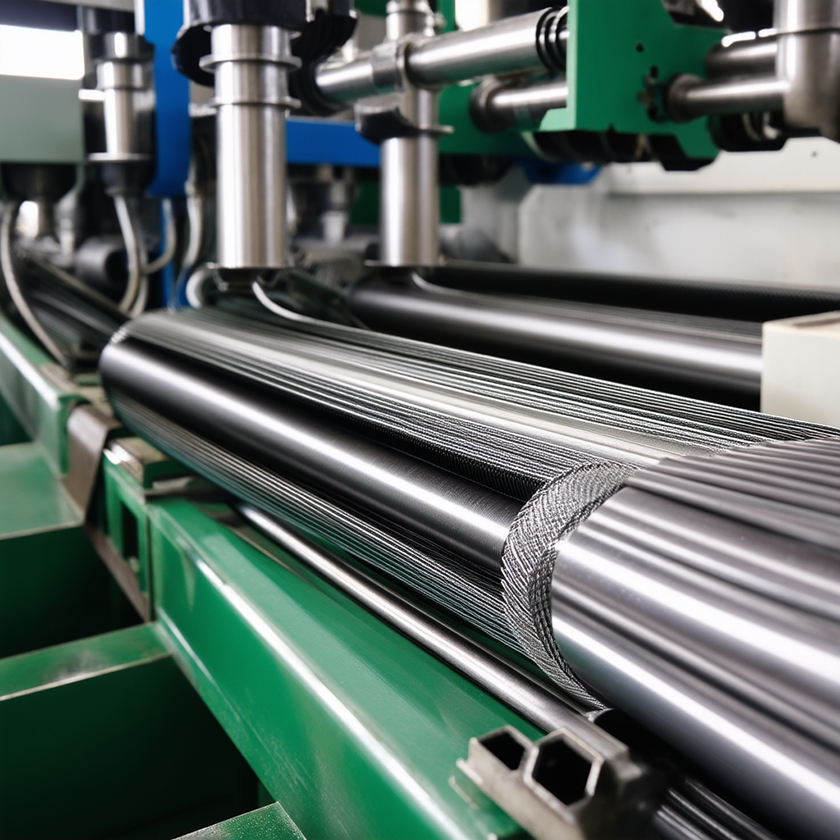Electric heating tubes, a common type of electric heating element, are widely used in both industrial and household applications. Among the key performance indicators of electric heating tubes, the relationship between surface load density and the heating rate to equilibrium temperature is a crucial technical parameter. This article explores this relationship and how optimizing the design and manufacturing process of electric heating tubes can enhance their performance.
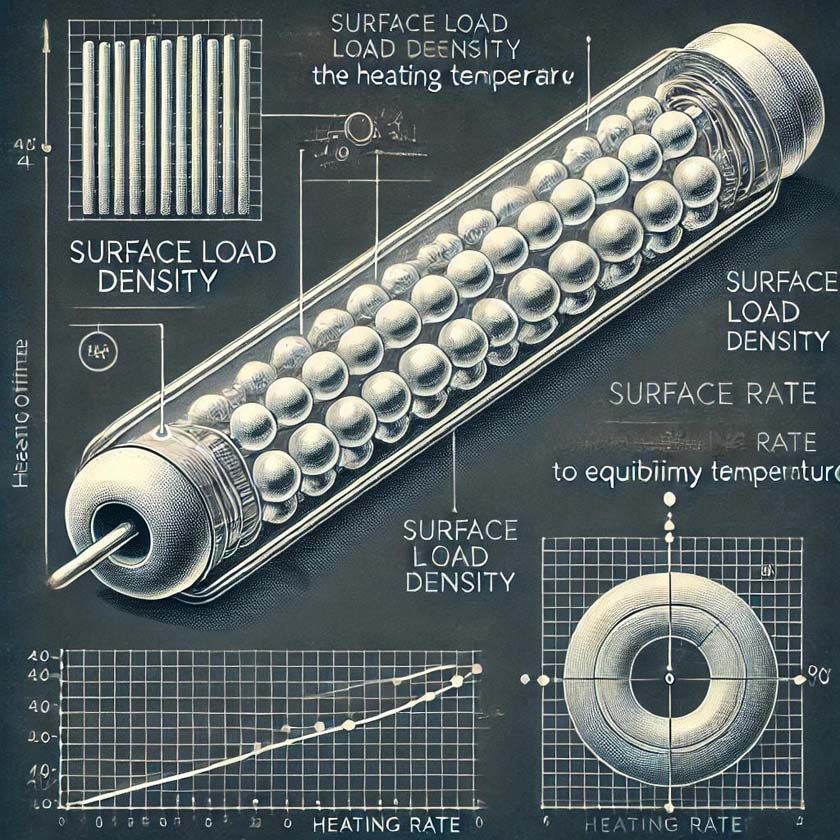
Definition and Significance of Surface Load Density
Surface load density refers to the power density per unit area and is a critical indicator of the heating efficiency of electric heating tubes. It directly impacts the heat transfer capacity and thermal effect of the heating tube. A higher surface load density indicates that the heating tube can provide more power output in the same area, thus reaching the desired temperature in a shorter time.
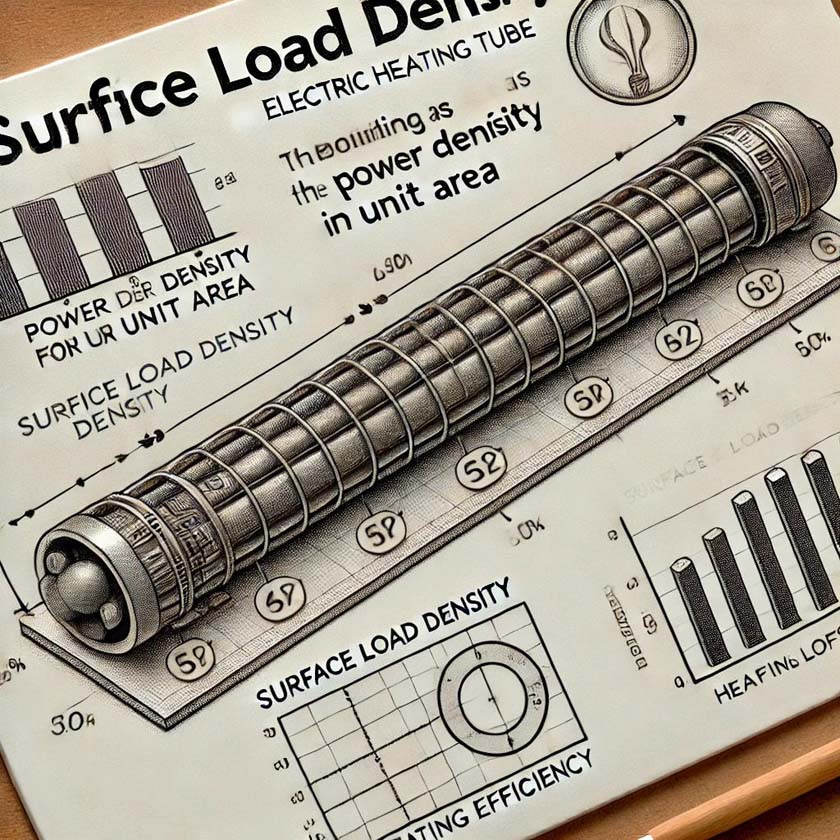
Definition of Equilibrium Temperature
The equilibrium temperature is the surface temperature of the electric heating tube when it reaches thermal equilibrium under certain operating conditions. This temperature depends not only on the input power of the heating tube but also on the material, design structure, surface load density, and external heat dissipation conditions. The level of the equilibrium temperature directly affects the lifespan and energy efficiency of the electric heating tube.
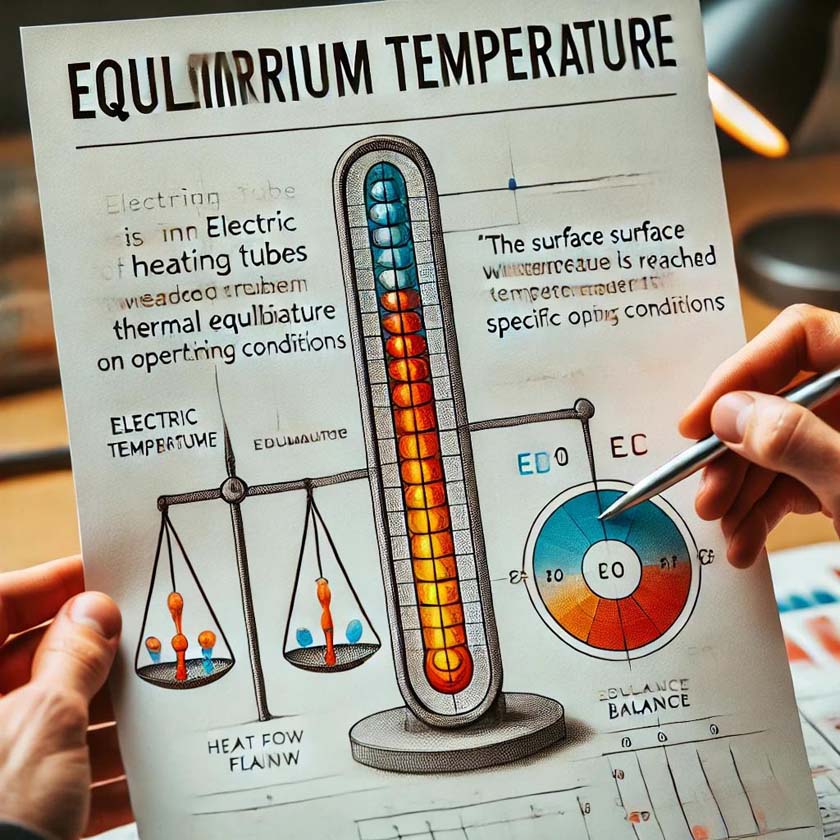
Factors Influencing Heating Rate
The heating rate refers to the time required for the electric heating tube to rise from room temperature to the equilibrium temperature. In practical applications, the heating rate is a critical parameter affecting the performance of the heating tube, especially in scenarios requiring rapid heating, such as industrial heat treatment equipment and household appliances. The main factors influencing the heating rate include:
1. Surface Load Density: As mentioned earlier, a higher surface load density results in greater power density and faster heating rates. However, excessive surface load density may lead to overheating and damage to the heating tube, necessitating careful consideration during design.
2. Thermal Conductivity Efficiency: The material and structural design of the heating tube directly affect its thermal conductivity efficiency. Efficient thermal conductivity ensures that the heat is quickly transferred to the object being heated, thereby improving the heating rate.
3. Heat Dissipation Conditions: The external environment’s heat dissipation conditions also impact the heating rate. Good heat dissipation can prevent overheating of the heating tube and maintain stable operating conditions.
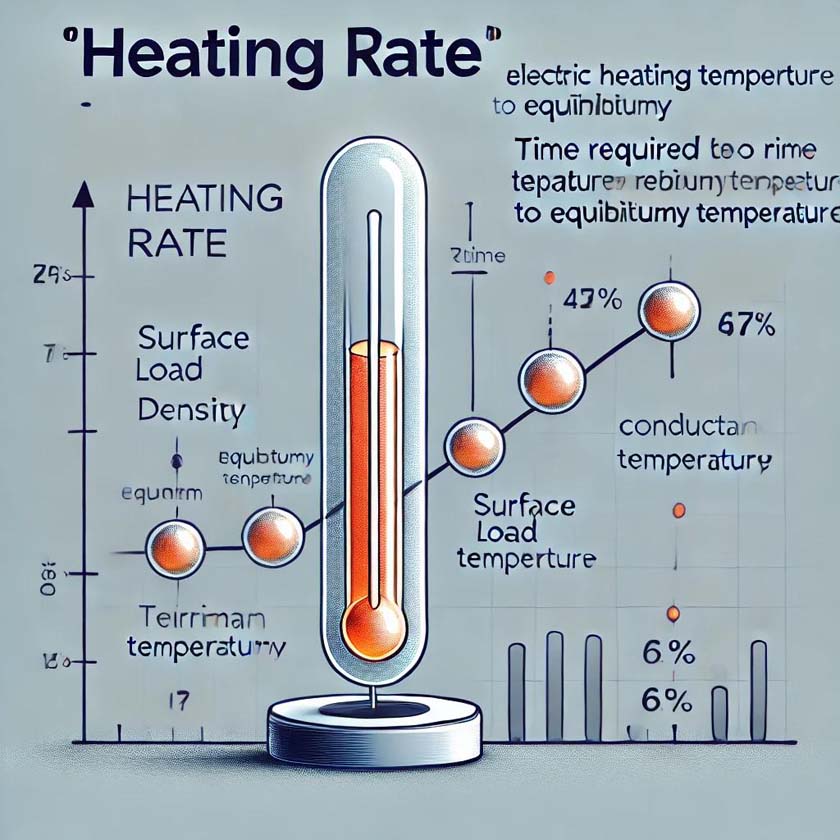
As a leading manufacturer of fully automated electric heating tube equipment in China, Tongli Machinery holds a significant influence in the industry. The company has obtained ISO9000 and CE certifications and possesses several patented technologies, which have earned its products widespread recognition in domestic and international markets. With its outstanding technological innovation, superior product quality, and comprehensive after-sales service system, Tongli Machinery has gained the trust of many customers. Its products not only hold a prominent position in the domestic market but have also been successfully exported worldwide, establishing a global brand image.

Through continuous technological innovation and quality improvement, Tongli Machinery has built a solid reputation as a leader in the electric heating tube equipment market. In the future, Tongli Machinery will continue to focus on developing new technologies and enhancing product performance, providing customers with higher quality electric heating tube solutions.

